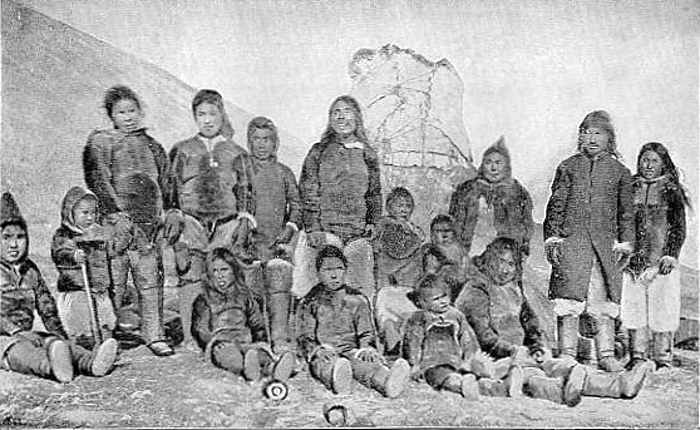You see ice huts, seals and fur coats. I see a village of people who want to buy some ice.
Welcome to the truest test of a salesperson, selling ice to an Eskimo. Its a rite of passage.
You have a huge quota and the company has big expectations of you. If you succeed the company releases your family from the
Thunder DomeFighting pit. If you fail not only do you go in, but you will be pitted against Grandma. She is still upset that you only texted her your thanks for her $50 birthday gift.She’s got a score to settle and her weapon of choice is the chain saw.
(This is the a little bit off in the future and it’s just one exciting scene in a movie I’m thinking about writing)
And this small print you read when you arrive at the Eskimo village…
“We are not the cheapest ice and snow company. Our product is the best and our service is outstanding. Our cost is 30% higher than all of our competitors. Some part of that additonal cost will be your commission, the rest is what keeps us in business”
This is the best advice i can offer you about selling ice to Eskimos. It’s incomplete. This is the big picture, the 20,000 ft. view and the last thing you remember seeing before I push out you out of the airplane (with parachute) and you meet ground (roll opening credits with exciting James Bond ‘like’ title sequence and catchy jingle).
The Eskimos have lots of words to describe every iteration of snow and ice. It’s their freezing currency, Dow Jones index, supermarket, their condominium and their bank account.
You need to understand what is the good snow and all those iterations of difference.
How does it affect their time and their personal relationships. What is ‘bad’ about the bad types of snow/ice, how does that affect a system. What would they like to gain, what would they like to lose?
They need to tell you how their life would improve with good ice.
Ice is the tangible. Improvement in life is the intangible.
It’s not a precise value.
Intangibles are always priced optimistically and the consumer accepts this. Its a fair exchange as long as both sides live up to the compact. I will pay you more and what you sell is better.
Better is not the tangible, your competitors sell an adequate good ice and their price is lower. Tangibles are algebraic.
Better is the intangibles.
Its not about the ice, Its about the improvement in their relationships. More time with friends and family, less stress, the effect the improvements have on others, their families, their time. The other Eskimos clans don’t have the good ice. That gives the good ice/snow Eskimos a social and status advantage. Perhaps they can use this to woo other Eskimos, to retain the loyalties of their own clan and to increase commerce.
A sale of the good ice can never happen until the prospect Eskimo tells us why he (or she) wants it. After listening to a few Eskimos in different clans we can understand in advance of the sales meeting the tangibles.
The problem with tangibles is that sale goes to the lowest provider and the only one who makes a profit is the lowest cost producer. We are not a low cost producer of ice. If we compete on a spreadsheet we will always lose. In fact, on a spreadsheet we want to lose.
We have to have competitors so we can discuss the differences of our product, what makes us better and merits a higher price. If they want the low quality stuff, the compromises aren’t in the tangibles, it’s in the intangibles.
We need the prospect Eskimo to have a new column on their spreadsheet of ice vendors and that column is what makes us the best ice and snow salesman in the arctic. That column is our assurance, its their confidence. Its the improvement in their life, their status amongst their peers, their personal status and that of their tribe.
Now go out there and sell ice or come home and fight grandma
